Business Statistics Analysis
VerifiedAdded on 2019/10/31
|11
|662
|430
Report
AI Summary
The assignment involves analyzing the mean, median, mode, range, and standard deviation for four types of businesses. The frequency and relative frequency distribution, as well as the relative frequency histogram, are also presented. It is observed that the distributions are not normal due to the presence of skewness. A hypothesis test is conducted to determine if there is a significant difference in the starting costs of businesses, with the result rejecting the null hypothesis and accepting the alternative. Additionally, a regression model is developed using annual net sales as the dependent variable and various independent variables. The results show that nearly 99% of the changes in annual sales can be explained by the respective changes in the independent variables, indicating a good fit for the linear regression model. Furthermore, a hypothesis test is conducted to determine if at least one of the slopes is not equal to zero, with the result rejecting the null hypothesis and accepting the alternative.
Contribute Materials
Your contribution can guide someone’s learning journey. Share your
documents today.
1 out of 11
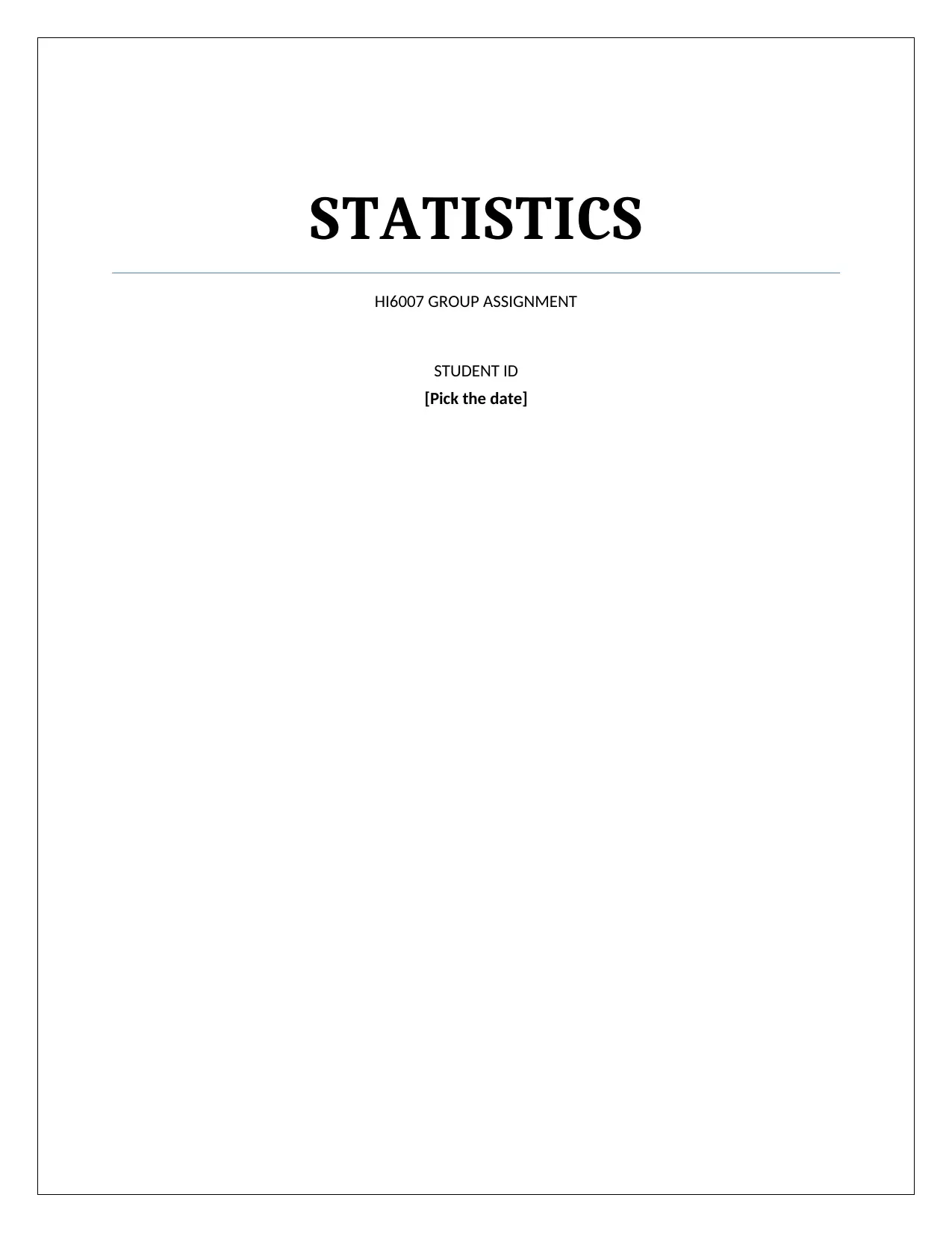
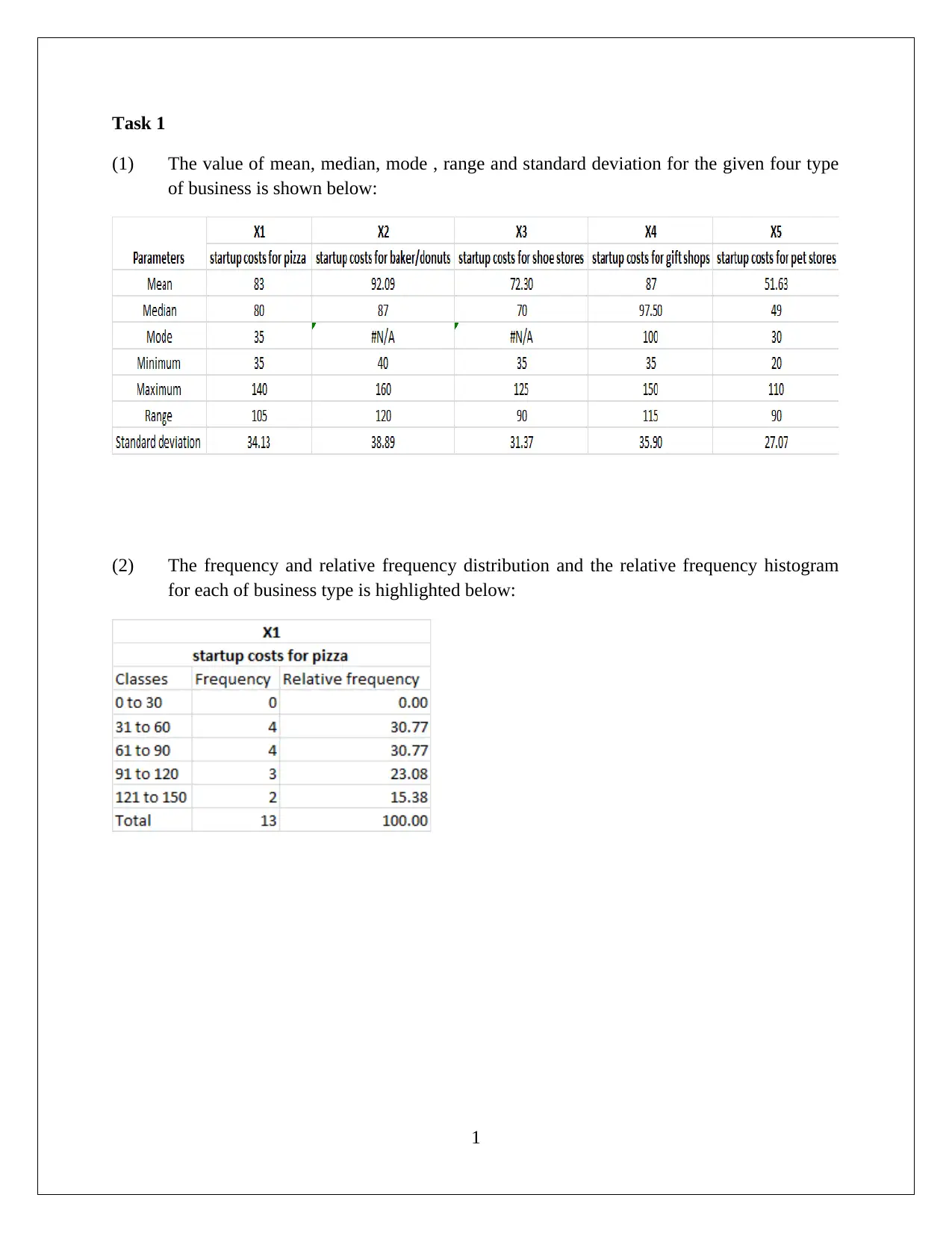
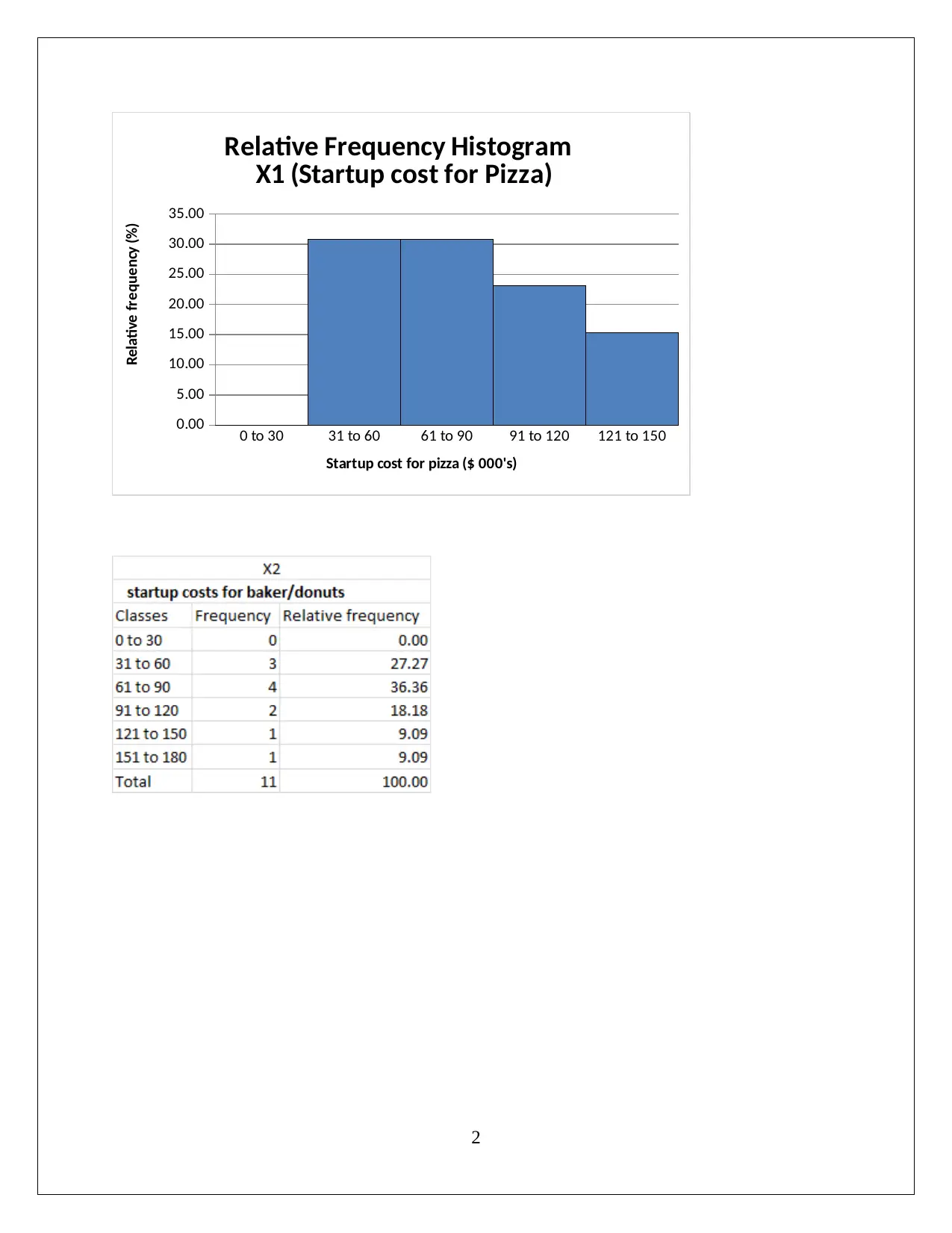
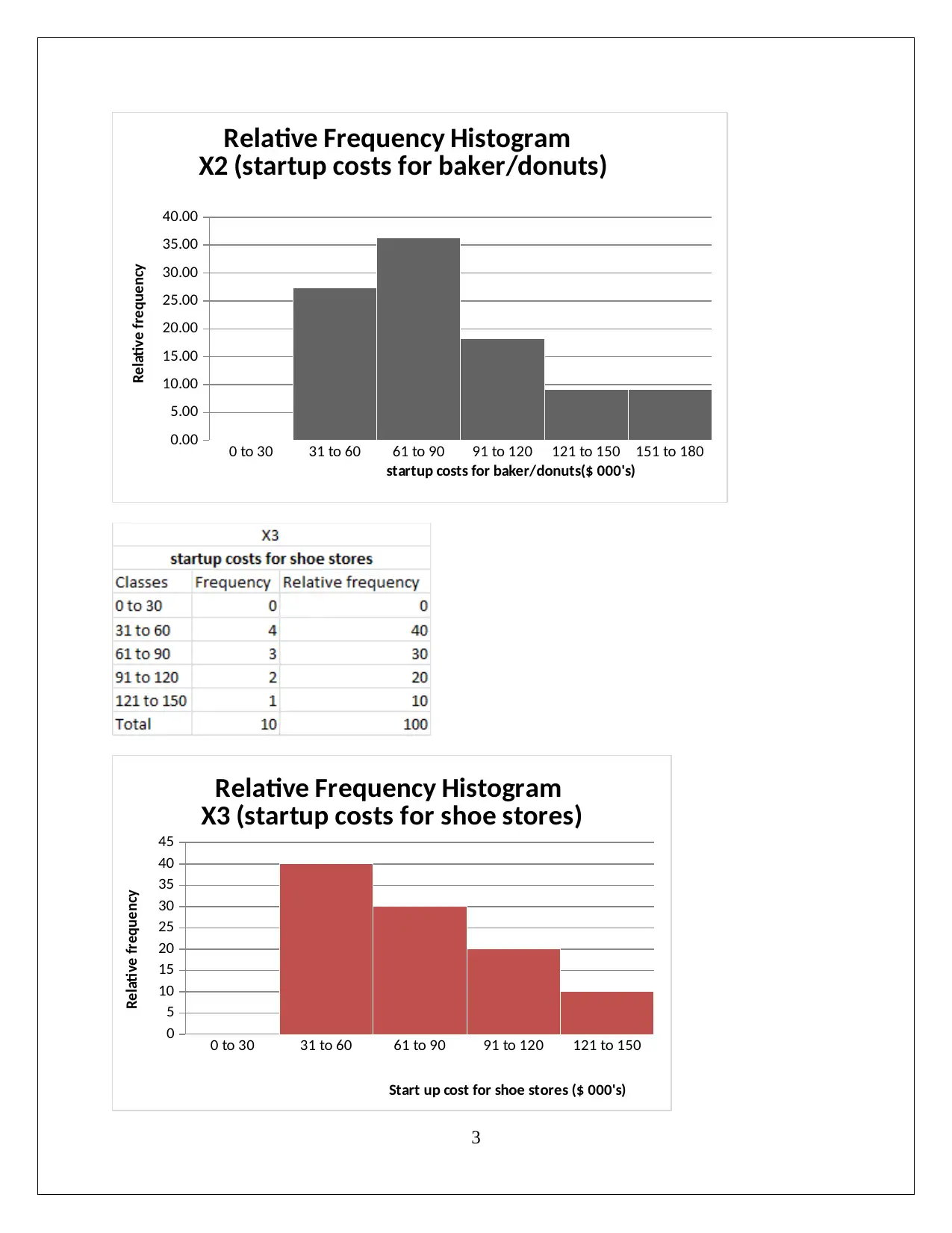
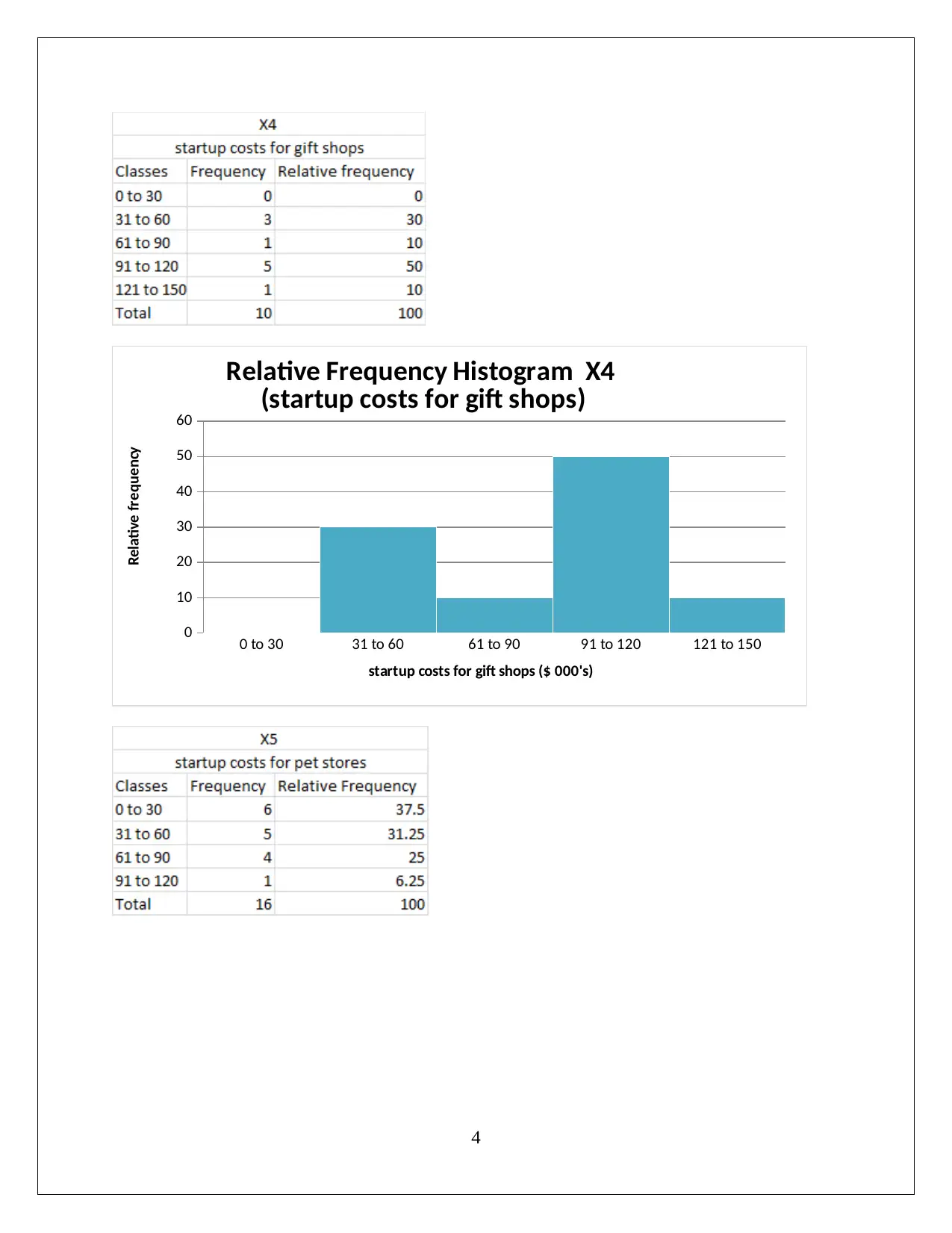
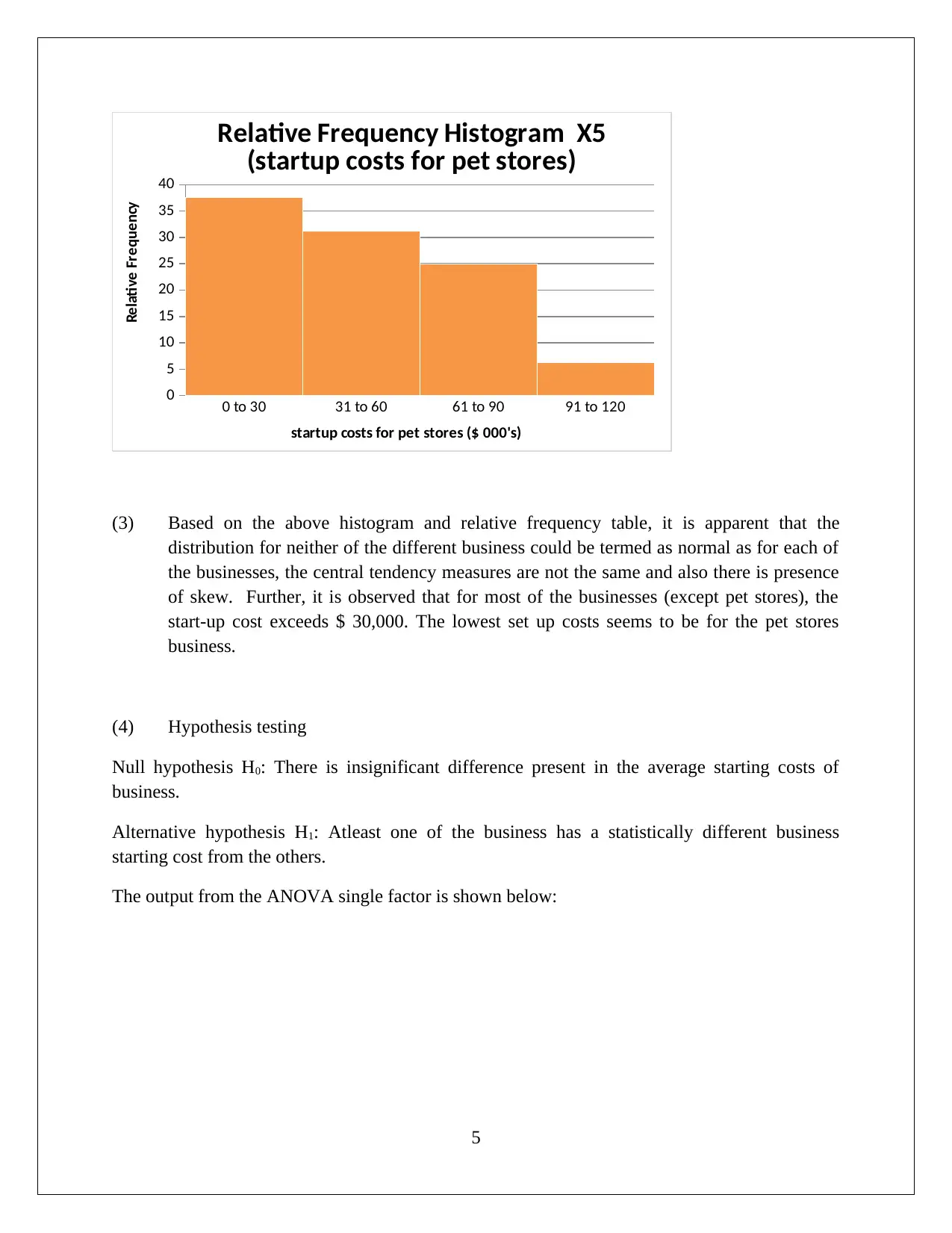
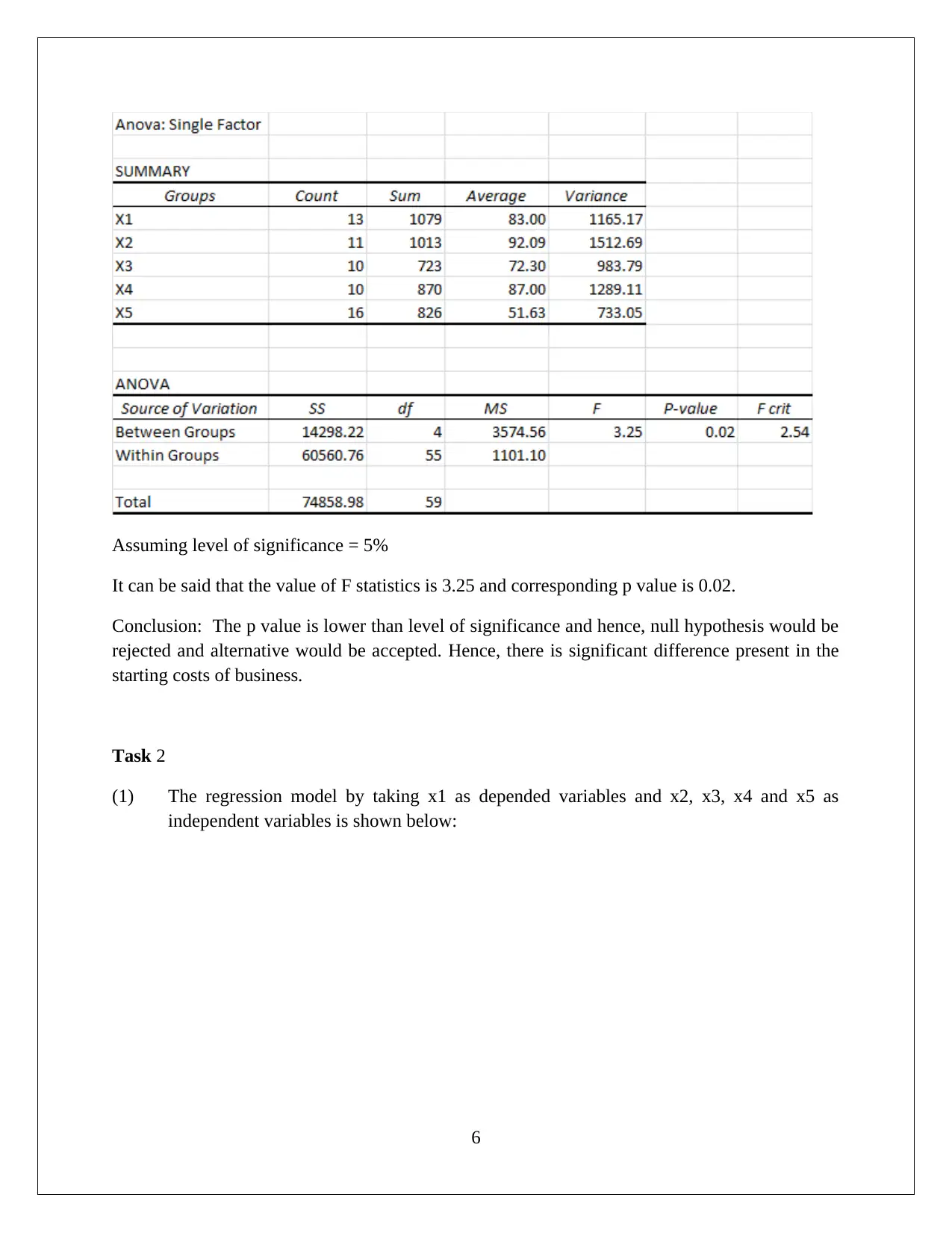

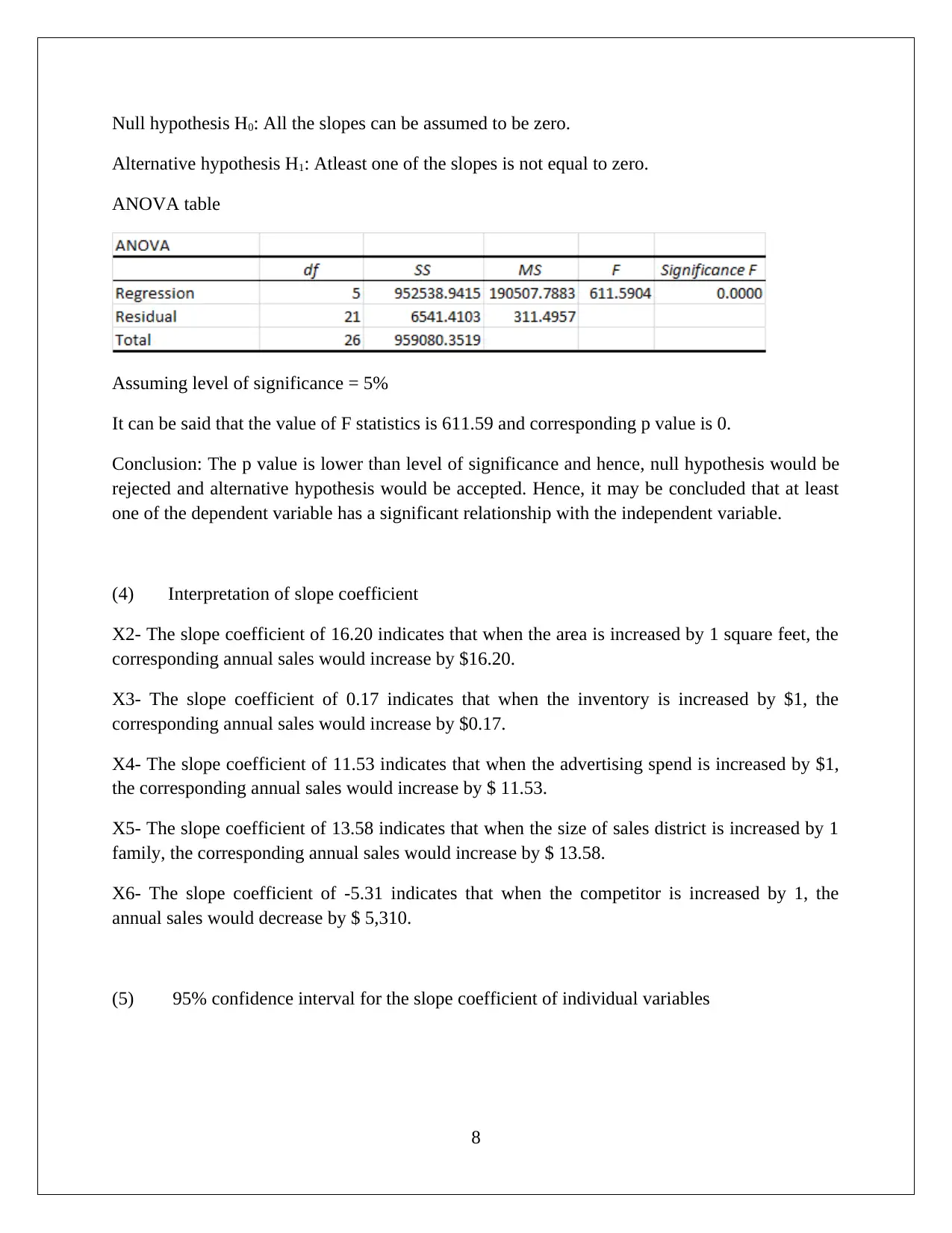
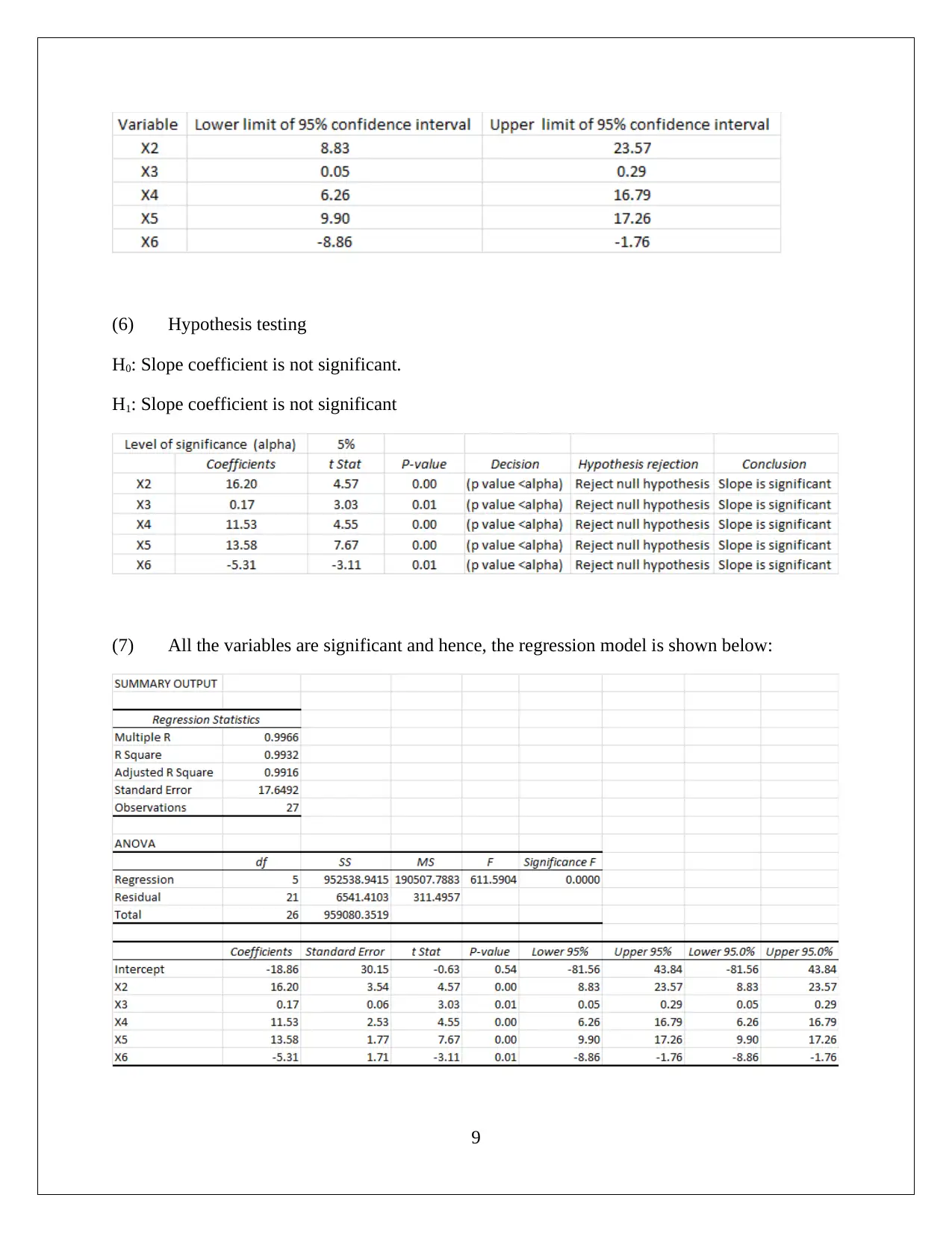
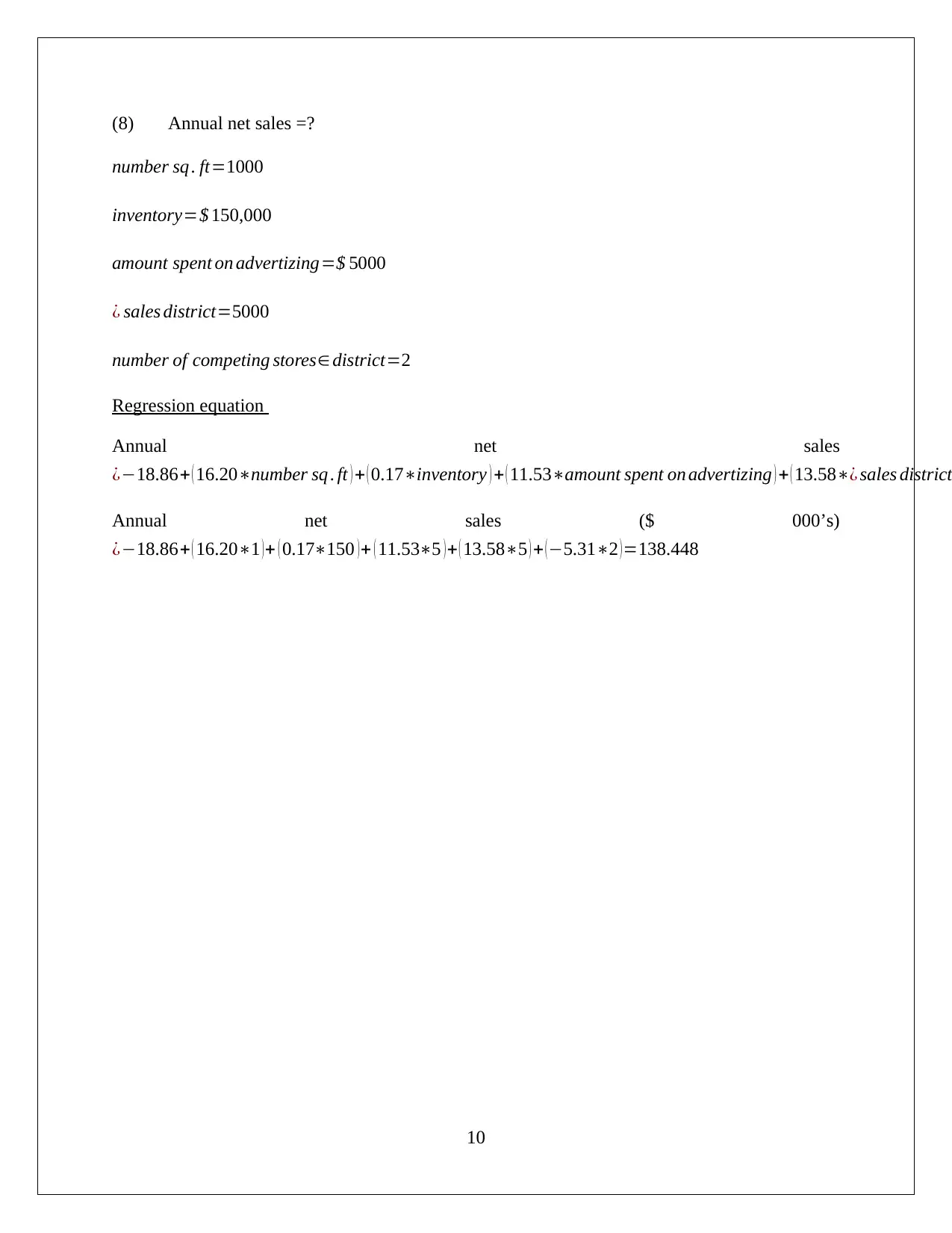






![[object Object]](/_next/static/media/star-bottom.7253800d.svg)